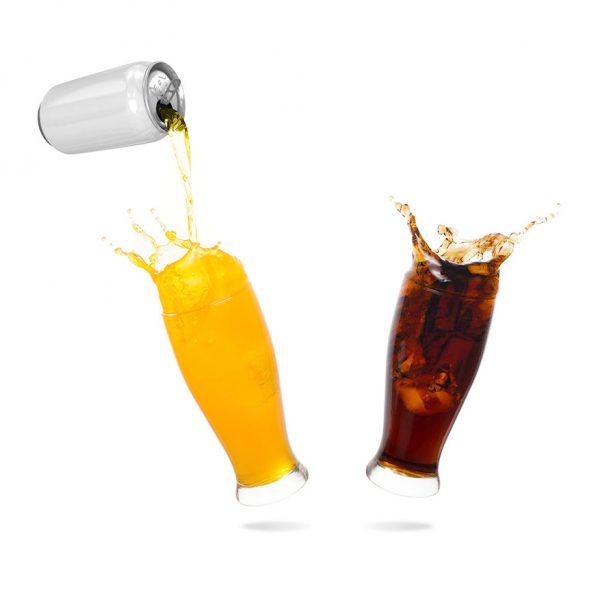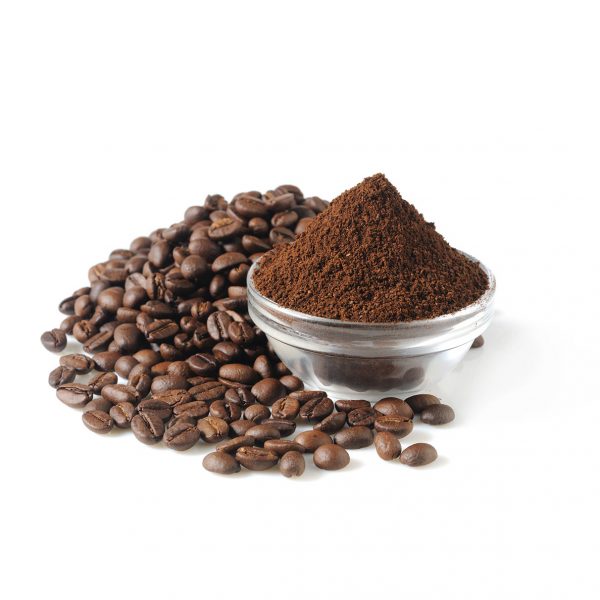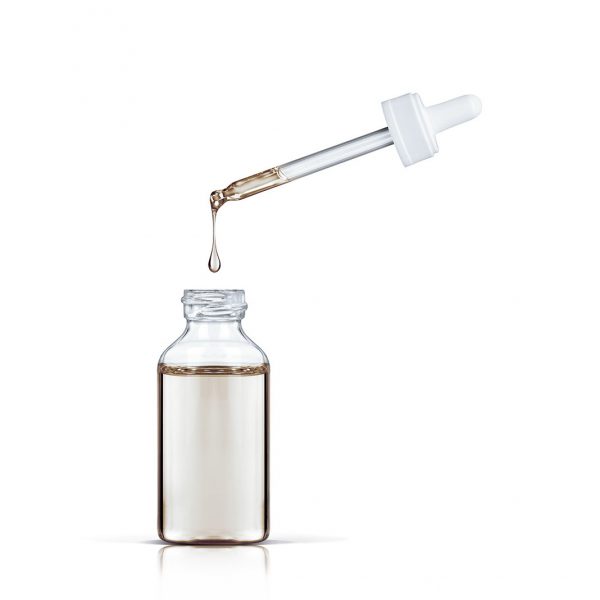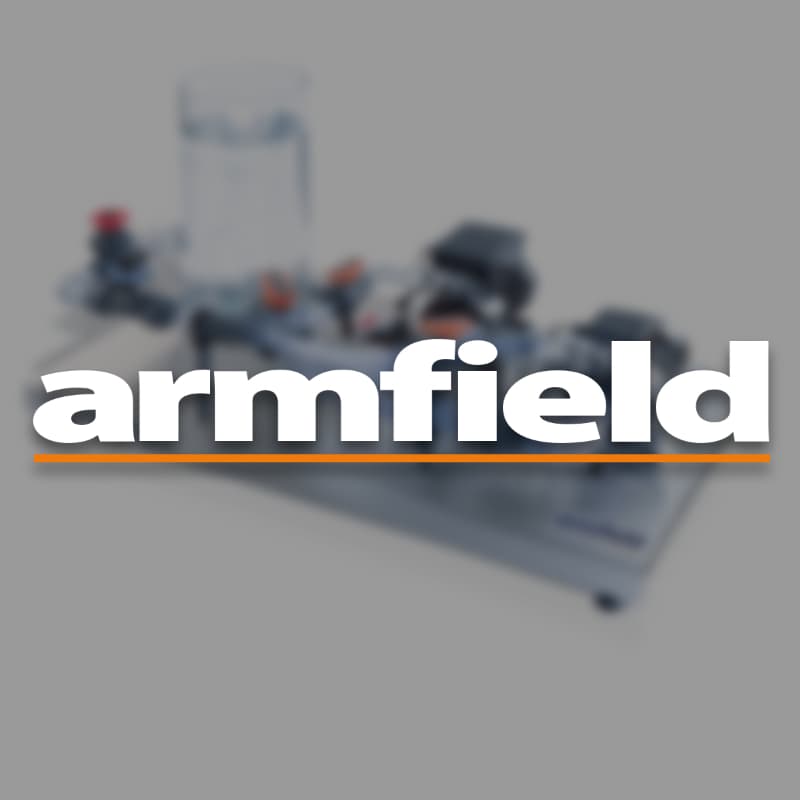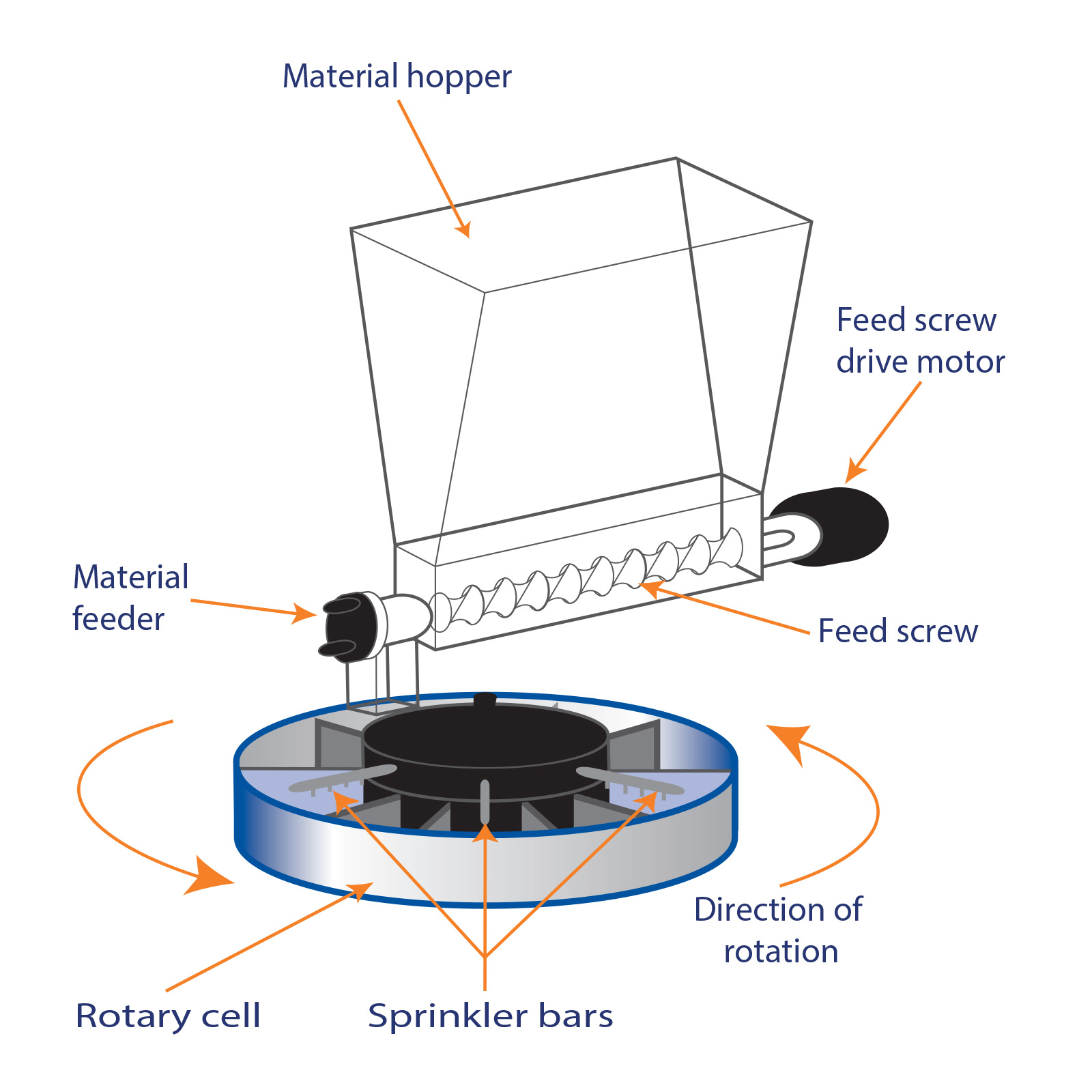UOP4 MKII – Solid/Liquid Extraction Unit
The UOP4-MkII is a laboratory-scale solid/liquid extractor system for teaching the fundamentals of this important unit operation to chemical-engineering students.
Description
The UOP4-MkII is a laboratory-scale solid/liquid extractor system for teaching the fundamentals of this important unit operation to chemical-engineering students.
The equipment utilises a sophisticated, continuous feed, counter-current flow, multiple-stage, rotary extractor system of the type frequently seen in industrial applications. This gives the student an insight into the practical implementation of the operation, including process economics and control problems.
The effects of temperature, multiple stages, and throughput rate can all be investigated.
Includes data logging accessory, USB interface and educational software as standard.
The Extractor is computer compatible and now includes as standard a data logging accessory with USB interface and educational software.
The heart of the solid/liquid extraction system is a continuously rotating extraction cell divided into compartments. The raw material is fed into these compartments from the input hopper using a screw feeder mechanism. The material is then passed under three solvent sprinkler bars, one for each stage of the process, and the dissolved product is captured in three drainage compartments. Pumps are provided to pump the product from the drainage compartment of one stage to the sprinkler of the next stage. At the end of the process the spent carrier material is dropped into a collection vessel, assisted by water sprayed from above.
The system is configured as a continuous three-stage, counter-current flow process, but may also be configured as a one or two-stage process for teaching purposes.
Full temperature control is provided at each stage of the process using the three integrated PID controllers and related heating elements. Direct control is also provided over the product feed rate, the cell rotation speed and the interstage pump speeds.
In addition to the rotary cell, an independent vessel is provided which enables batch extractions to be performed.
The unit is fully instrumented with each stage of the process and equipped with sensors, giving a temperature and a millivolt (mV) conductivity probe output. When using the standard water/potassium bicarbonate system, the sensor readings can be related to the percentage weight of potassium bicarbonate in the solution using experimental data.
All temperatures and voltage outputs from the conductivity sensors, together with the feed, extractor cell and individual pump rates can also be displayed directly on a computer using the data logging package. Using this package it is also possible to display and log the product concentration (when using the recommended material).
The equipment is designed to teach all relevant aspects of solid/liquid extraction in a simple and safe manner. It does not require the use of toxic, volatile or flammable solvents, as it is designed to use water or water-based solvents.
This ensures the process is fully visible to students, enabling them to observe and understand the details of the operation at every stage. There is no need for expensive solvent recovery equipment, such as a distillation column.
The solid carrier is a light porous material, a quantity of which is supplied with the equipment. It can be impregnated with a salt such as potassium bicarbonate or sodium bicarbonate, which is then extracted by the process. The use of a salt enables real-time monitoring of the process using the sensors and instrumentation. The carrier material is reusable.
Technical Specifications
Solvent temperatures: Ambient to 50°C, individually controllable
Pump rate: 0-13.5 l/hr
Feed rate: 0-3 l/hr
Rotation speed: 1 rev/15min (4 revs/hr)
Cell compartment: 0.16 l capacity
Features & Benefits
- Self-contained floor standing unit with integral control and instrumentation console
- Three-stage continuous extraction process, can also be configured as one or two stages
- Independent vessel for closed-loop batch extraction
- Temperature control at each stage
- Individual control of solvent feed pumps at each stage, of cell rotation rate and of feed rate
- Probes at each stage allow full monitoring of the process
- With the data logger, the product concentrations can be directly displayed in real-time (for the recommended material)
- Data logging accessory with USB interface and educational software included as standard
Downloads
- Demonstration of the operation of a continuous multiple-stage process
- Closed-circuit percolation extraction (batch extraction)
- Open-loop percolation extraction (continuous operation)
- Investigation of continuous extraction in 1, 2 or 3 steps
- Investigation into effect of solvent temperatures
- Investigation into effect of solvent flow rates
- Investigation into effect of processing time
- Process economics
- Mass balances

Carrier material: The UOP4MkII is supplied with 2kg of carrier material. Before use this material needs to be impregnated with potassium bicarbonate and dried. If an oven is not available the drying process may take up to three days. Approximately 1kg of material is required for a typical laboratory investigation. The material is reusable, but there is inevitably a slight loss of material during use. More material can be ordered, using order code UOP4MkII-CM (1kg bag).
- A continuous three-stage solid/liquid extraction system using the rotary extraction cell design. The rotacell rotation speed is variable (0-4 revs/hour)
- Delivery of feed material is automated and feed rate is variable (0-3 l/hr)
- Operation modes are batch, or continuous with one, two or three stages. Independent temperature control is provided at each stage. Flow of all three solvent stages is variable (0-13.5 l/hr)
- Conductivity of the fluid stream is measured at the input, and at the output of each of the stages
- The UOP4 MKII is computer compatible and includes as standard a data logging accessory with USB interface and educational software. Details of theory and experimental exercises, operation of the equipment, automatic data logging and real-time graphical
display of measured and calculated data is presented - Experimental capabilities include:
Demonstration of continuous operation in 1, 2, or 3 stages
Investigation into the effect of solvent temperatures and flow rates of solvent and solids
Mass balancing
Process economics
- UOP4MkII-DTA-ALITE – Educational software and data logging accessory is included as standard:
USB-based data logging system, including software and all cables required to connect to a PC. The software requires a PC, running Windows 7 above, with a spare USB port.
Single phase mains electrical supply:
UOP4MkII-A: 220-240V / 1ph / 50Hz, 13A
UOP4MkII-B: 120V / 1ph / 60Hz, 20A
UOP4MkII-G: 220V / 1ph / 60Hz, 13A
Cold water: Typically 0.5 l/min
PACKED AND CRATED SHIPPING SPECIFICATIONS
Volume: 1.0m³
Gross Weight: 100Kg
Length: 0.77m
Width: 0.56m
Height: 1.52m
- UOP4MkII-A: 220-240V / 1ph / 50Hz, 13A
- UOP4MkII-B: 120V / 1ph / 60Hz, 20A
- UOP4MkII-G: 220V / 1ph / 60Hz, 13A
